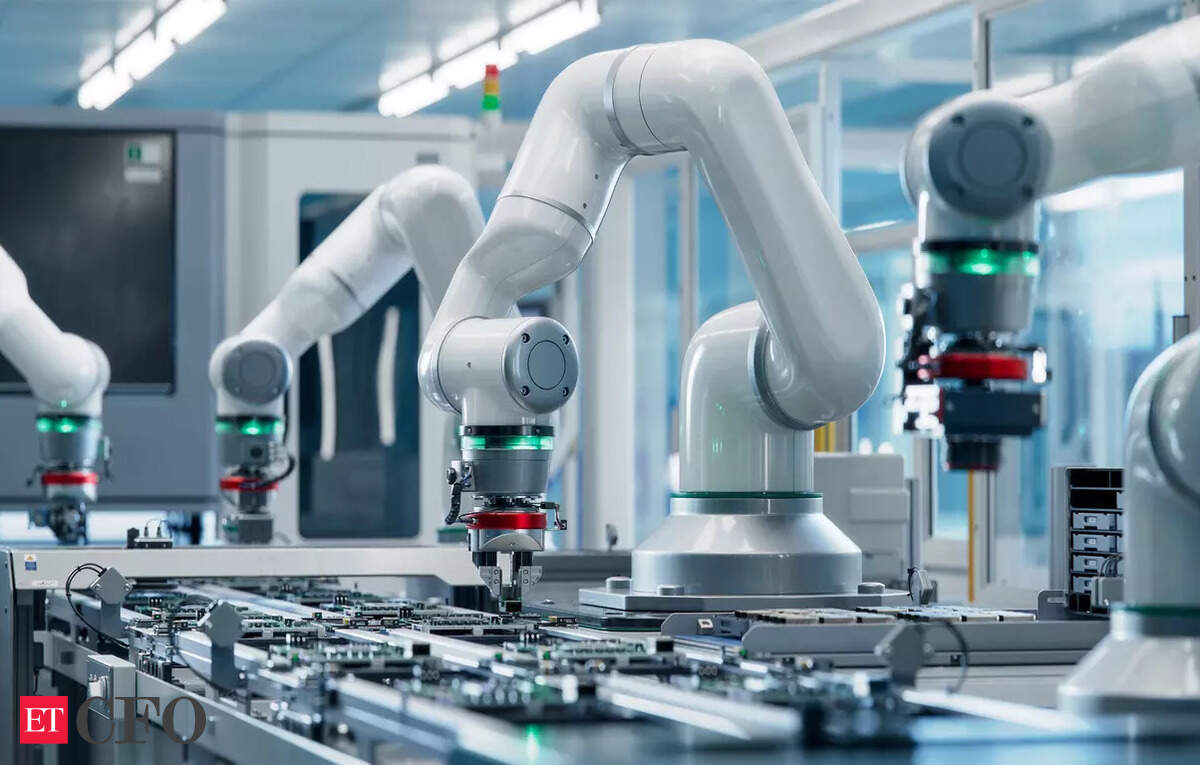Silicon Valley VCs Express Uncertainty Over AI's Future Trajectory

The landscape for Silicon Valley venture capitalists has been dramatically reshaped by the artificial intelligence revolution, particularly since the generative AI frenzy ignited by ChatGPT in 2022. This new era has effectively split the investment world into two distinct camps: those with the substantial financial resources to back AI behemoths, and the rest who are carefully observing the unfolding revolution. The stakes are exceptionally high, so much so that many traditional venture capital firms, even those instrumental in the internet boom, find themselves unable to compete in funding the largest AI ventures. Consequently, the primary investors in these leading AI companies are now predominantly deep-pocketed entities such as major technology corporations, Japan's SoftBank, and Middle Eastern investment funds focusing on a post-fossil fuel economy.
This concentration of investment is evident in the staggering valuations achieved by a handful of venture-backed AI companies. OpenAI leads this charge, having reportedly raised $40 billion in its latest funding round, achieving an unprecedented $300 billion valuation. Other AI giants are also commanding massive figures, with Anthropic valued at $61.5 billion and Elon Musk's xAI reportedly seeking $20 billion in funding at a $120 billion valuation. Emily Zheng, a senior analyst at PitchBook, highlighted this disparity, noting a "clear split between the haves and the have-nots." She emphasized that while top-line investment figures in AI appear very high, they are not necessarily representative of the broader venture capital market, as they are heavily influenced by a few elite AI startups.
Given the prevailing confidence in Silicon Valley that AI represents an era-defining technological shift, venture capitalists face a significant challenge: identifying viable investment opportunities within an excruciatingly expensive and rapidly disrupting market. Simon Wu of Cathay Innovation observed that there is clear customer demand for AI-driven improvements that enhance efficiency, and businesses are willing to invest in such solutions, often directing their spending towards established players like OpenAI. The core challenge, as articulated by Andy McLoughlin, managing partner at Uncork Capital, lies in determining "where the opportunities are against the mega platforms." He questioned, "If you're OpenAI or Anthropic, the amount that you can do is huge. So where are the places that those companies cannot play?"
Finding answers to this question is complicated by the sheer speed and breadth of AI development. Major AI players, including Google, Microsoft, and Amazon, are releasing new tools and products at a furious pace. Advanced AI models like ChatGPT and its competitors can now handle a diverse range of tasks such as search, translation, and coding within a single interface. This consolidation of capabilities raises doubts among investors about the potential for new, independent ideas to survive and thrive against such formidable competition. Furthermore, generative AI has democratized software development, enabling individuals without professional coding skills to create new applications using simple prompts, thereby disrupting traditional startup organizational models. Christine Tsai, founding partner and CEO at 500 Global, described the current environment as one of constant flux, stating, "Every day I think, what am I going to wake up to today in terms of something that has changed or (was) announced geopolitically or within our world as tech investors."
In this dynamic environment, many companies are struggling to establish a "moat" – a unique feature or technological breakthrough that provides a sustainable competitive advantage, similar to Microsoft Windows in the 1990s or Google Search in the 2000s. Brett Gibson, managing partner at Initialized Capital, noted that AI is "shaking up the topology of what makes sense and what's investable," particularly in the realm of business software. The investment risks appear particularly acute because the fundamental economics of generative AI remain unproven. Even the largest AI companies face an uncertain path to profitability due to the massive sums required for development and operation. Simon Wu pointed out the skepticism surrounding the huge valuations, with many "squinting of the eyes, with people wondering 'is this really going to replace labor costs'" at levels that would justify such investments. He added that despite AI's significance, "I think everyone's starting to see how this might fall short of the magical," even in its early stages.
Despite these challenges and uncertainties, very few contrarians believe that generative AI is a fleeting trend. Andy McLoughlin predicted that in five years, "we won't be talking about AI the same way we're talking about it now, the same way we don't talk about mobile or cloud. It'll become a fabric of how everything gets built." However, the critical question of who will ultimately be building this AI-integrated future remains largely unanswered, reflecting the ongoing shifts and power dynamics within the tech industry.









